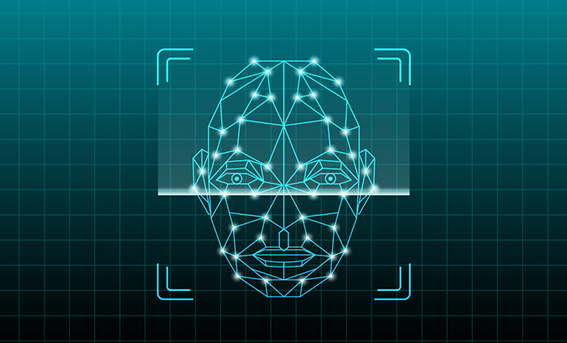ToF technology operates on the principle of measuring the time it takes for a light signal to travel from a source to an object and back to a sensor. By calculating this round-trip time, ToF cameras can generate depth maps of the scene, providing spatial information about objects and their distances from the sensor. This capability makes ToF sensors invaluable for various applications, including gesture recognition, augmented reality, and, significantly, face recognition.
Time-of-flight (ToF) technology emerges as a promising solution to address these challenges. This article delves into the application of ToF technology in enhancing face recognition systems.
Improved Accuracy and Reliability:
The integration of ToF sensors in face recognition systems enhances accuracy and reliability by mitigating common challenges encountered with traditional cameras. Depth information allows for more precise alignment of facial features, even in varying lighting conditions and facial orientations. Moreover, ToF technology facilitates 3D facial reconstruction, enabling systems to detect and authenticate faces more accurately, regardless of pose or expression.
Adaptability to Environmental Conditions:
Another notable advantage of ToF technology in face recognition is its adaptability to diverse environmental conditions. Traditional cameras may struggle with issues such as glare, shadows, or uneven lighting, which can affect the quality of captured images and subsequently degrade recognition accuracy. ToF sensors, however, are less susceptible to these challenges due to their ability to directly measure depth and distance, independent of ambient lighting conditions. This robustness makes ToF-based face recognition systems suitable for outdoor environments, low-light conditions, and scenarios with dynamic lighting changes.
Real-time Performance:
ToF technology enables real-time depth sensing, making it particularly well-suited for applications requiring instantaneous feedback, such as access control or surveillance. By capturing both 2D imagery and depth data simultaneously, ToF sensors provide comprehensive information about the scene, allowing face recognition algorithms to operate swiftly and accurately. This real-time capability enhances security protocols and user experiences in various contexts, from airport security checkpoints to smartphone authentication.
Time-of-flight technology represents a significant advancement in the field of face recognition, offering enhanced accuracy, reliability, and adaptability to diverse environmental conditions. By combining 2D imagery with depth sensing capabilities, ToF-based face recognition systems overcome many limitations associated with traditional cameras, paving the way for more robust and versatile biometric authentication solutions. As technology continues to evolve, the integration of ToF sensors is poised to play an increasingly pivotal role in shaping the future of facial recognition applications.
